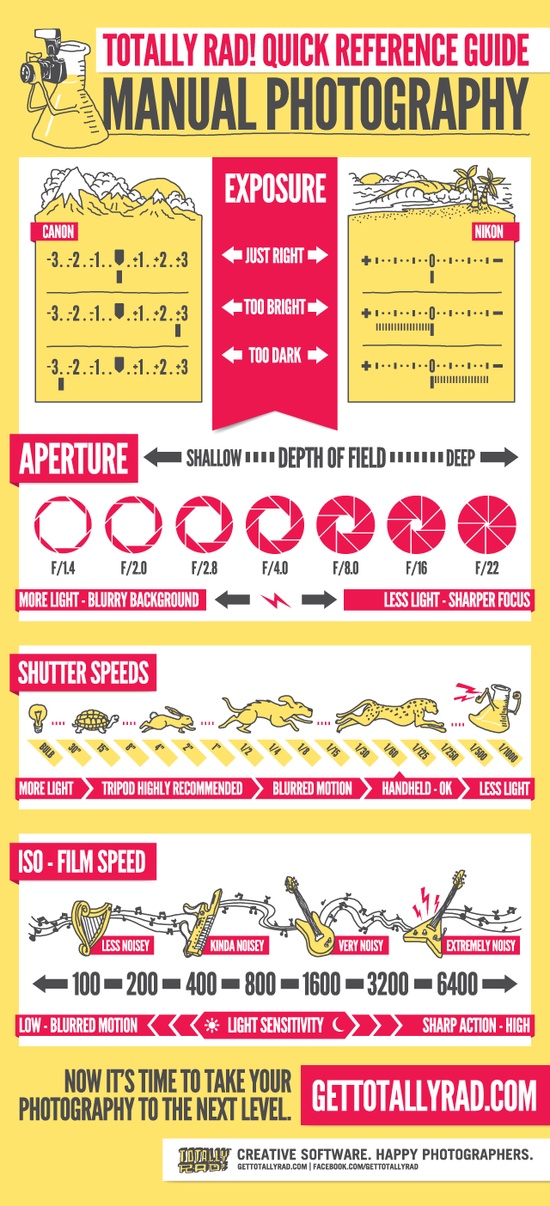Photography Tips For Beginners: Grasping Your Electronic Camera Quickly
Photography Tips For Beginners: Grasping Your Electronic Camera Quickly
Blog Article
Produced By-Lyons Dalton
When you initially get your cam, it can really feel frustrating with all the setups and alternatives readily available. You might find yourself asking yourself just how to navigate aperture, shutter rate, and ISO successfully. Grasping these basics is crucial, but there's even more to photography than simply technical knowledge. Understanding make-up strategies and lighting conditions can boost your photos considerably. So, suppose you could discover basic approaches to improve your skills and start capturing impressive images sooner than you believe? Allow's check out exactly how to change your digital photography trip.
Comprehending Cam Settings
Recognizing your camera settings is critical for catching sensational photos. When you grab your electronic camera, acquaint on your own with the three primary settings: aperture, shutter speed, and ISO. Each plays an important role in just how your photos turn out.
Begin with aperture, which regulates the amount of light entering the lens. A bigger aperture (lower f-number) lets in more light and creates a lovely history blur, best for portraits. On the other hand, a narrower aperture (higher f-number) keeps more of the scene in focus, suitable for landscapes.
Next, focus on shutter rate. This setup determines for how long your electronic camera's sensing unit is subjected to light. A fast shutter speed freezes motion, which is fantastic for action shots, while a slow-moving shutter speed can develop sensational results like smooth water in landscapes.
Lastly, readjust your ISO. This setting influences your camera's sensitivity to light. A higher ISO serves in low-light scenarios however can introduce sound or grain. Aim for the most affordable ISO feasible while still achieving appropriate direct exposure.
Structure Techniques
When you're out shooting, composition can make all the distinction in just how your photos resonate with customers. Start by using the policy of thirds; picture your framework separated right into nine equal sections with 2 straight and 2 vertical lines. Placement crucial elements along these lines or at their crossways to develop equilibrium and interest.
Next, think about leading lines. These all-natural lines in your scene, like roads or rivers, attract the visitor's eye into the picture, assisting them via the story you're telling.
Do not ignore framing; use components within your scene, like trees or home windows, to develop a structure around your topic, adding deepness and emphasis.
Likewise, keep an eye on your history. A cluttered background can distract from your main subject, while a simple one aids it stand apart.
Finally, experiment with symmetry and patterns; they can produce a striking picture that captures focus.
Mastering Lights Issues
Understanding lights problems is vital for recording sensational photos, as the ideal light can transform a common scene into something remarkable.
Start by observing all-natural light at various times of the day. Mornings and late afternoons supply the most effective light, referred to as the golden hour. The soft, cozy tones during these times can enhance your pictures wonderfully.
Don't avoid overcast days either; diffused light can lessen harsh darkness and produce a pleasing impact, especially for pictures.
Explore backlighting by placing your topic against the source of light. This method can develop a dreamy halo result and include deepness to your pictures.
Photography companies near me to your camera settings too. Change https://www.liveinternet.ru/users/jessen_kudsk/post509031807 , aperture, and shutter speed to fit the lights conditions. A higher ISO can assist in reduced light, yet be cautious of grain.
Use a tripod in darker environments to avoid blur.
Finally, do not fail to remember fabricated illumination. Flash and continuous lights can be wonderful tools for managing light in challenging conditions.
Final thought
In conclusion, grasping your electronic camera does not need to be frustrating. By recognizing your setups, using make-up strategies, and harnessing the power of natural light, you'll promptly elevate your photography skills. Keep in https://www.cnn.com/2020/03/21/world/health-workers-doctors-photos-coronavirus-italy-wuhan-trnd/index.html , practice makes best, so go out there and trying out your newfound expertise. With time and dedication, you'll be recording spectacular pictures that mirror your special perspective. Enjoy the trip, and don't fail to remember to have fun while you're at it!
